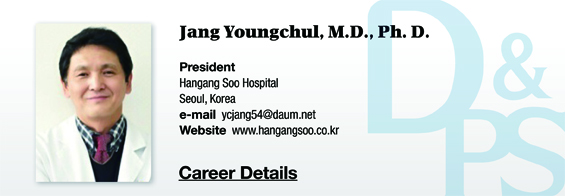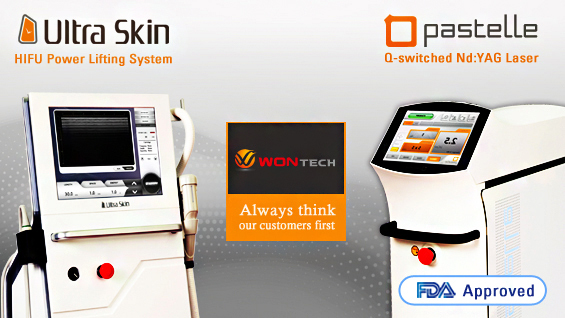▶ Previous Artlcle : #11-2. Biological Dressing Ⅱ
Human cadaveric skin is important for treatment of severe burn patients whose lives depend on timely provision of relief. Allograft refers to a transplantation technique where the skin tissue harvested from a human cadaver is stored in the skin bank short-term or long-term to be used in a severe burn victim. The burn site of a patient with life-threatening burn wounds is removed with early excision and is covered with the harvested and processed skin for 2-3 weeks (early graft) to prolong the life of the patient. The grafted skin plays a key role of preventing dehydration from skin loss, maintain electrolyte homeostasis, prevent infection, harmful external insults as well as reduce pain. It also promotes the healing process by stimulating the surviving tissues underneath the wound bed. The goal of the skin graft is to provide an important foundation for permanent wound coverage. Depending on the storage method, cadaver skin can be divided into three categories each of which has distinct advantages and disadvantages.
[Advertisement] Ultra Skin/Pastelle – Manufacturer: WONTECH(www.wtlaser.com)]
1. Allograft (Cadaveric Skin)
Fresh Cadaver Skin
·Fresh cadaver skin loses all blood flow or vascular function within about a week and can be stored in 2~4℃ nutrient media (McCoy’s 5A medium) for 3-4 weeks.
·As patients with an extensive burn does not reject allogeneic skin due to systemic cellular immune depression, allogeneic skin can be engrafted temporarily for 2-3 weeks. This is crucial to preserving the life of a burn victim immediately after sustaining severe burn injuries.
·The graft survival rate is very high as the skin is freshly harvested and used without much delay. Another benefit of this method is that the graft is incorporated into the surrounding tissue for an extensive period of time. However, difficult storage and availability are major disadvantages of this method.
Cryopreserved Allograft; CPA
·To prevent tissue damage from freezing, CPA is added with DMSO immediately after harvesting to lower the temperature by 5℃ per minute. It is then cryopreserved in –196℃ liquid nitrogen or in a –80℃ freezer.
·CPA can maintain 80% of skin metabolism of fresh cadaver skin, however, it cannot reduce rejection or the incidence of infection.
·It can be stored for longer periods of time than fresh cadaver skin and therefore has greater availability, however, maintenance is costly and requires cryogenic transportation.

Figure 1. Indications of human allograft.

Figure 2. Advantages of human allograft.
-To be continued-
▶ Next Artlcle : #12-2. Burn Care Using Human Cadaveric Skin





















